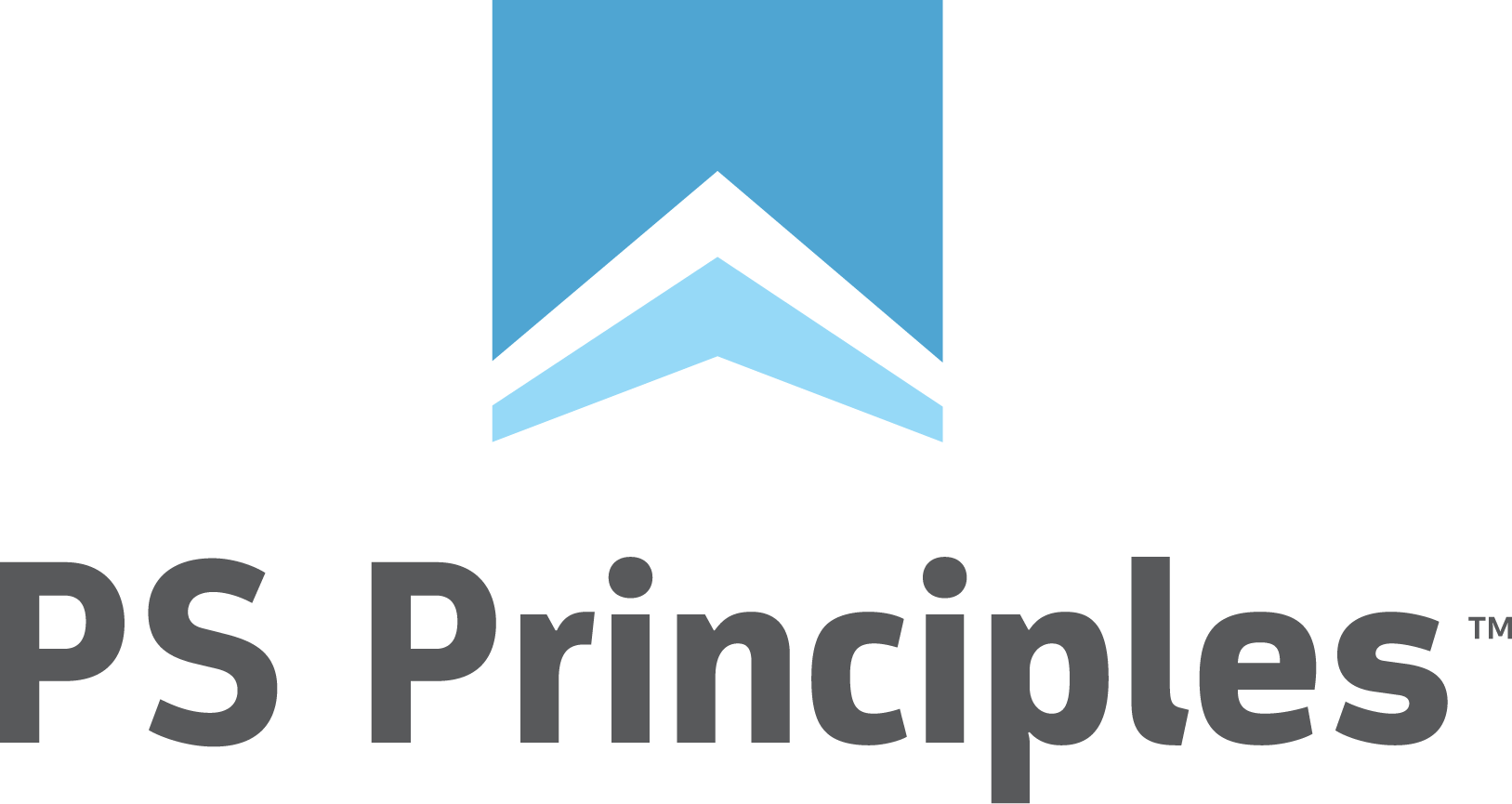We Need "Project Managers" not "Project Managers"

Originally, I thought it was just me. My success rate for hiring high performing project managers was not that good. I started to voice my failures with my peers to see what I was doing wrong and to my surprise I received similar frustration rather than answers. What I learned was that the role of project manager is both poorly defined and misunderstood by both those who employ them and those who carry the title. Nowadays, I am frequently asked, “What tips do you have for hiring and developing great project managers?” To answer this correctly, I believe we must both redefine what we’re looking for in a project manager and how we should set them up for success.
We’re Looking for a “Project Manager,” not a “Project Manager”
When looking to hire a customer-facing project manager, don’t get caught looking at project managers who only have experience leading internal projects for their own employer. These project managers have limited or no experience in delivering a project to a paying customer for a limited budget. This simple variation creates an enormous difference between the skill sets required to succeed. Internal project managers can succeed as external project managers, but when hiring them as such, you must understand the skills gap that requires closing.
It’s Customer Leadership, Not Project Management
Most project managers misunderstand the role of project manager to be one of passivity rather than one of proactivity. Customer-facing project management is about leading the customer to a successful outcome along a journey they’ve never traveled. You don’t make it to the top of Mount Everest if your guide is passive. You make it to the summit when your guide takes charge and gives you direction on how to survive and succeed throughout the journey. Customer-facing project managers must take the same approach. Put simply, what we’re looking for in a great project manager is someone who can lead rather than be led. A project manager must confront the customer with the truth, while also delicately guiding everyone to the right decision. Some call this, the “iron fist in the velvet glove,” and it’s the most important quality we’re looking for in a project manager.
Certifications Mean Nothing
I thought long and hard before watering this heading down. I’ve seen far too many certified project managers mess up a project only to realize their certification didn’t prepare them for what really happens in the field. Most critical of which, among many others, is the ability to manage the customer’s level of engagement in the project and to hold the customer accountable to deliver their requirements on time. For too long, certifications have focused on the tools for managing projects and not the complex dynamics of the relationships within a customer-facing project. Being unaware of such dynamics is like flying blind which, potentially, is one of the reasons that project managers tend to think passively and believe the project’s outcome is outside of their control.
There’s no “I” in Project Management
It takes a village to raise a child and it takes the same to successfully complete a project. A project doesn’t go off the rails at the project reporting and governance level. A project goes off the rails at the detailed design, architecture and development levels. Hence, sending a project manager into the field with a bunch of consultants who don’t understand how a project works sets the project manager up for failure. The project manager cannot see into all of a project’s complexities and as a result is not always fully informed of a project’s health. To deliver a project successfully, the entire team needs to be thinking about the successful management of the project.
The Utilization Paradox
If a project manager is assigned to 10 projects each with 10% of his or her time, then he or she will bill 100% utilization, correct? Unfortunately, they tend not to. Why? Context switching. Trying to find time in a week to switch between ten projects and then re-establish each project’s unique context so that progress can be made is impossible. If you want your project managers to be more effective then give them time to adequately engage in their projects. We’ve found the right answer can vary greatly based on the complexity of the projects so it’s important to determine the point at which productivity is maximized before context switching begins to decrease efficiency. If you don’t do this, then you’re simply setting them up to fail.
In summary, project management is difficult, but we tend to make it more difficult by not completely understanding that there are many forms of project management requiring many different skills. Nor do we truly understand the nature of customer-facing project management and the level of support a project manager needs from the team and their company to do the job successfully. These shifts in thinking have helped me become far more successful at hiring project managers. I aim to continue to refine it so that hiring for this critical role to lead our customer outcomes becomes less of a gamble than it is today.
